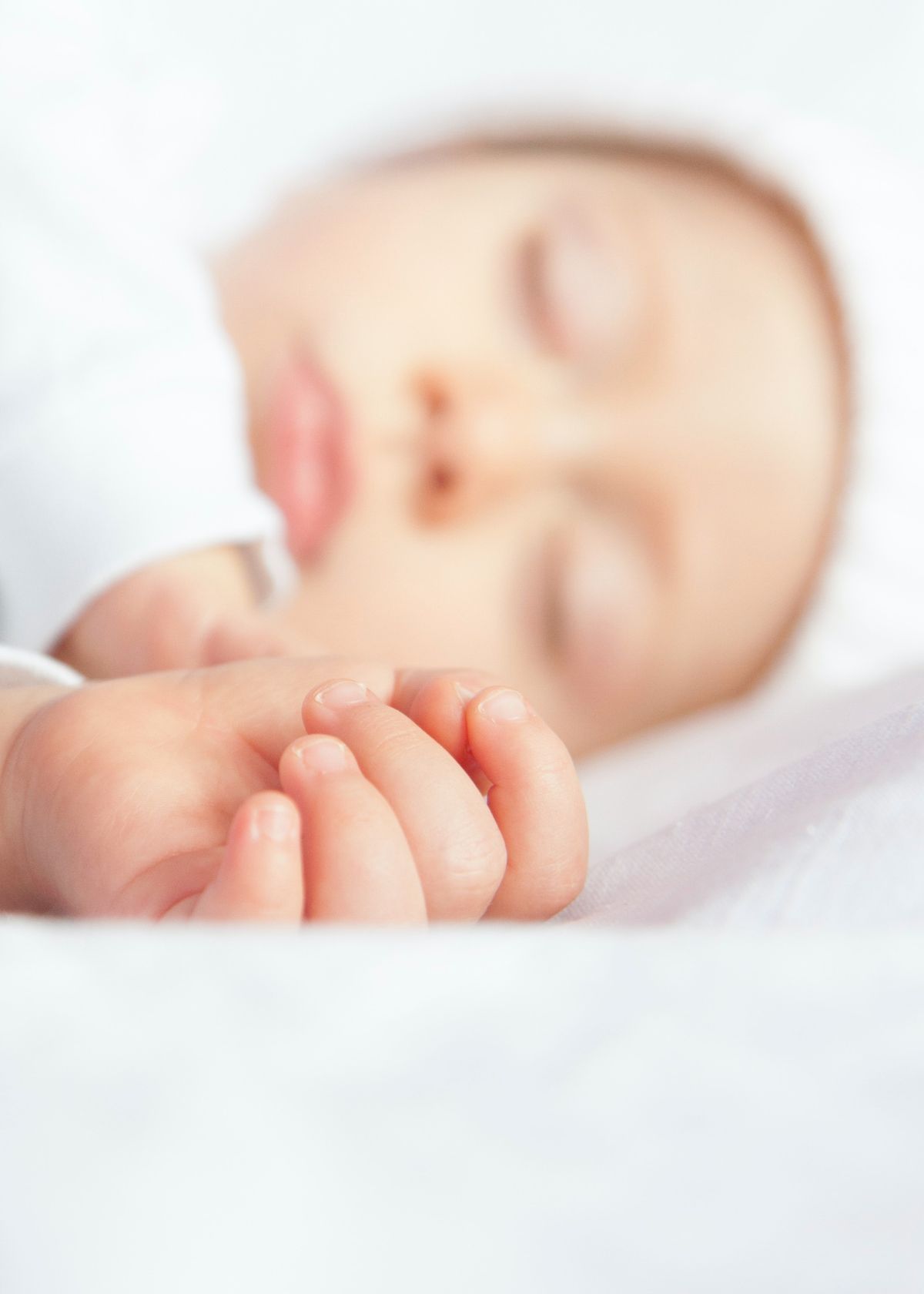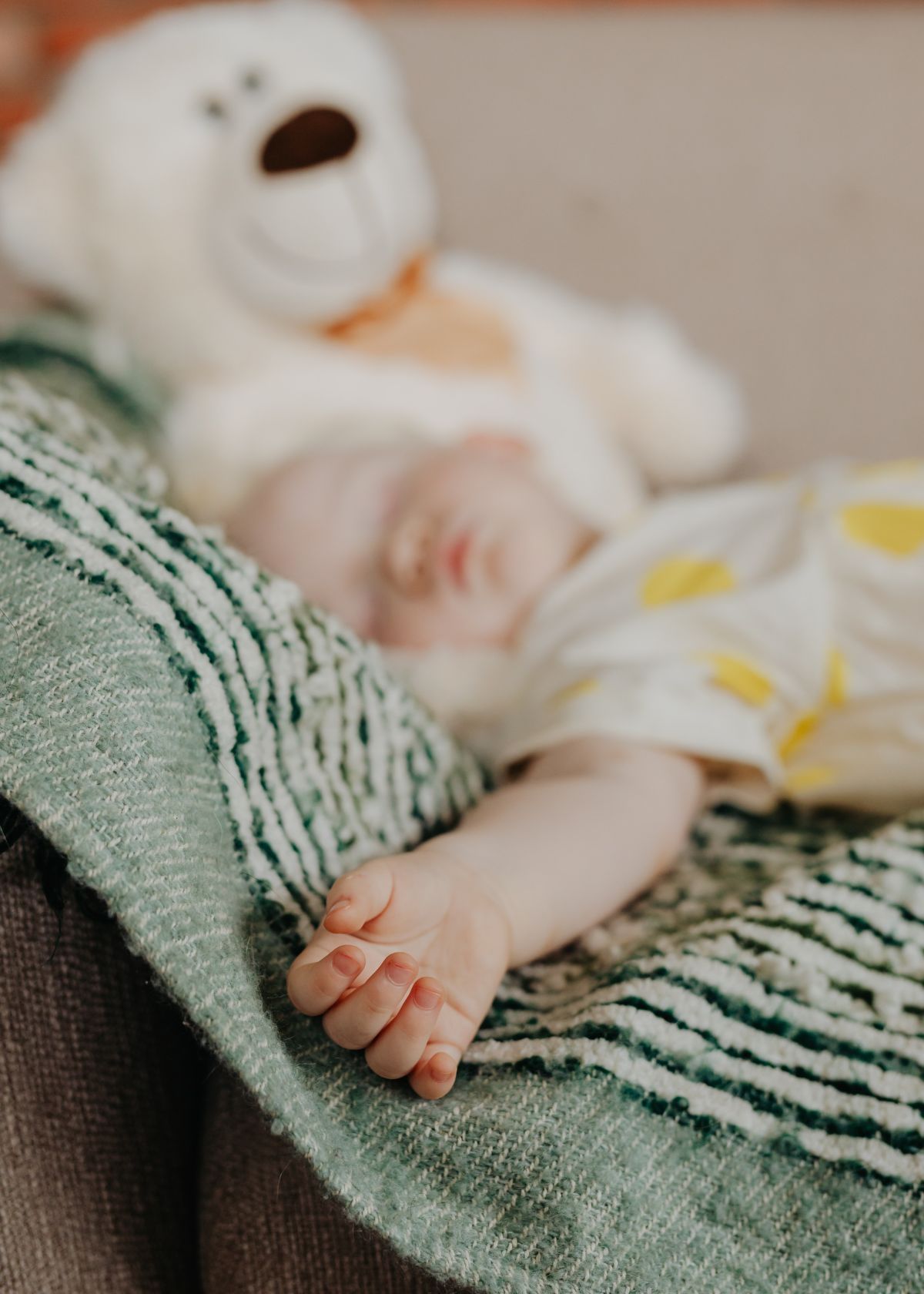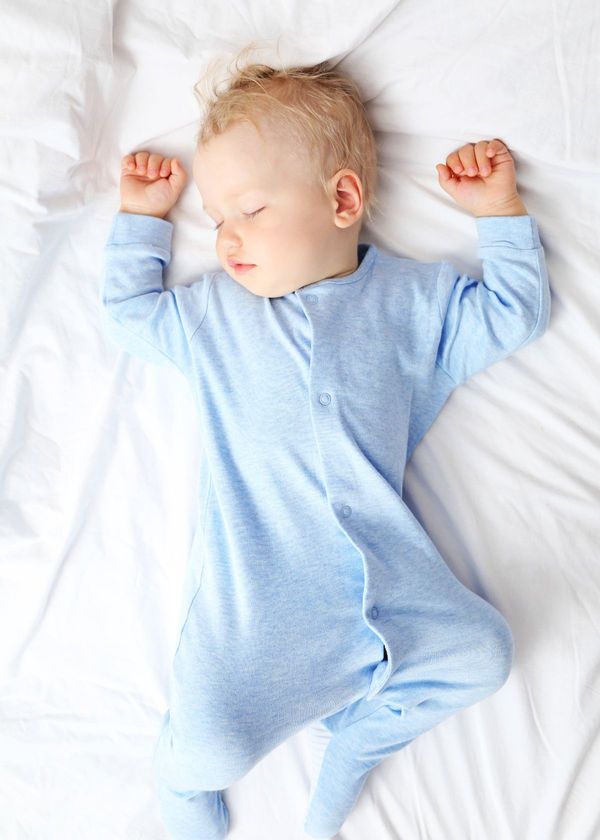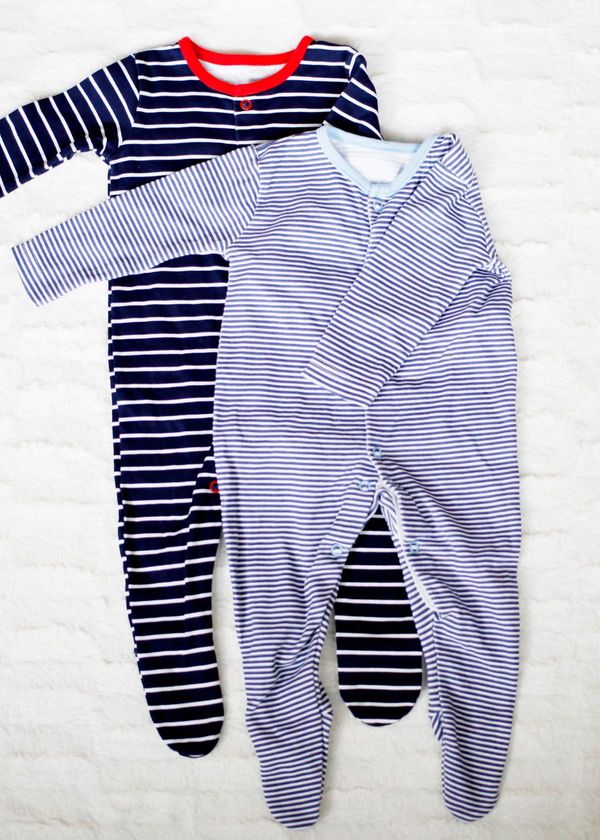Are Weighted Sleep Sacks Safe for Infants? These special sleeping bags come with added weights, usually in the form of small beads, which can help babies to fall asleep faster and stay asleep longer. In this article, I will take an in-depth look at the benefits and potential risks associated with using a weighted sleep sack and provide tips for choosing and safely using this special type of sleepwear.

An Overview of Weighted Sleep Sacks for Infants
Are Weighted Sleep Sacks Safe for Infants? Weighted sleep sacks or sleep space bags are designed to help babies stay asleep by providing extra comfort and security.
These sleeping bags come in various sizes and styles and are filled with small beads or pellets, adding a gentle weight that can help babies feel snug and secure. The extra weight the sack provides also helps reduce tossing and turning during sleep, leading to better quality rest.
Benefits of Weighted Sleep Sacks for Infants
Weighted sleep sacks have several benefits for infants. The added weight can help babies to relax and feel more secure, which can lead to deeper sleep and improved quality of rest. This extra comfort can also help reduce stress in infants, leading to improved overall health and aiding in avoiding sudden infant death syndrome. Weighted sleep sacks are especially beneficial for babies who experience difficulty falling asleep or suffer from anxiety or sensory processing disorder.
Potential Risks Associated with Using a Weighted Sleep Sack
Are weighted sleep sacks safe for infants? Although weighted sleep sacks can provide infants with benefits, they can also pose potential risks. Generally speaking, these are only minor issues that can be avoided with the right precautions.
For example, weighted sleep sacks should never be used by children who are not able to roll over on their own, as this poses a risk of suffocation. Additionally, the weight of the sack should not exceed 10% of the baby's body weight to prevent any discomfort or distress.

Tips for Choosing the Right Sleep Sack
Size & Fit:
When choosing a weighted sleep sack, it's important to select one that fits the baby properly and is comfortable enough for them to move around in while they sleep. The weight of the sleep sack should be evenly distributed over the entire body, with no excessive pressure points. The sack should also allow for some extra room to ensure that the baby can move comfortably and not become too hot or restricted.
Material & Breathability:
It's also important to consider the material of the sleep sack when making a purchase. Look for lightweight, breathable materials, and soft against the baby's skin. Avoid materials that are too thick or heavy as this can cause overheating and discomfort. Additionally, opt for a sleep sack with multiple layers to ensure that the baby stays warm without becoming too hot.
Weight of the Sack:
The weight of the sleepsack is a crucial factor to consider when making your purchase. The sack should only be filled with non-toxic and hypoallergenic beads or pellets, and the weight of the sack should not exceed 10% of the baby's body weight. Additionally, ensure that the weighted sleep sack you select is securely fastened at all times to prevent any beads or pellets from spilling out and posing a choking hazard.
How to Use a Weighted Sleep Sack Safely
Ensure Secure Fitting:
Before using a weighted sleep sack, ensure that it fits securely and comfortably on the baby. Use adjustable straps to adjust the fit of the sacks as needed to provide extra comfort and security. Additionally, check that all fastenings and closures are secure before placing the baby in the sleep sack.
Monitor Baby's Comfort Level:
It is important to monitor your baby's comfort level while they are using the weighted sleep sack. If the baby appears to be too hot or uncomfortable, remove the sleep sack and adjust accordingly. Additionally, check that the weight of the sack is not restricting their movement in any way.
Check for Loose Beads or Pellets:
When using a weighted sleep sack, it is important to regularly check for any loose beads or pellets that may have spilled out. If any are found, remove them immediately and secure the weight of the sack before placing the baby in it again. Additionally, ensure that all closures and fastenings remain secure at all times.
Follow Recommended Use Guidelines:
To ensure that your baby is safe and comfortable while using a weighted sleep sack, it is essential always to follow the recommended use guidelines. The weight of the sack should not exceed 10% of the baby's body weight, and it should only be used by infants who are able to roll over on their own. Additionally, never place any additional objects in the sleep sack, as this can pose a suffocation risk.
Conclusion
Are Weighted Sleep Sacks Safe for Infants? A weighted sleep sack can be a great tool to help babies fall asleep. When selecting and using a weighted children sleep sack, it is important to ensure that it fits securely, is made of lightweight material, and does not exceed 10% of the baby's body weight.
Additionally, monitor your baby's crib comfort level and check for any loose beads or pellets regularly if bed sharing. By following these tips and using the firm sleep surface sack safely, you will help ensure that your little one is always safe and comfortable.
FAQs about Weighted Sleep Sacks and Infants:
Q: What is the recommended weight of a weighted sleep sack?
A: The weight of the weighted blanket should not exceed 10% of the baby's body weight to ensure their safety and comfort.
Q: How often should I check for loose beads or pellets?
A: You should always check for any loose bedding or pellets before placing the dreamland baby in the baby's sleep sack and regularly throughout the night.
Q: Are weighted blankets safe for infants?
A: Yes, as long as they are used according to the recommended guidelines and safety precautions. Infants should be able to roll over on their own before using a weighted infant sleep clothing sack.
Q: Is putting additional objects in a weighted sleep sack safe?
A: No, it is not safe to place any additional objects in the baby's sleep sack as this can pose a suffocation risk.









